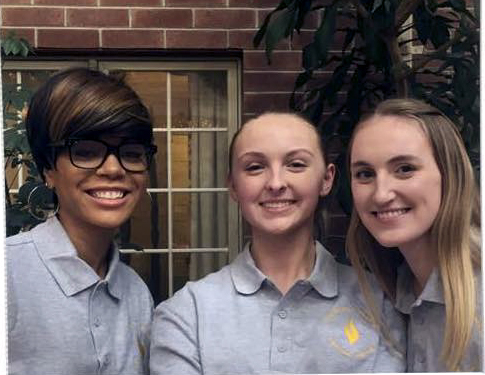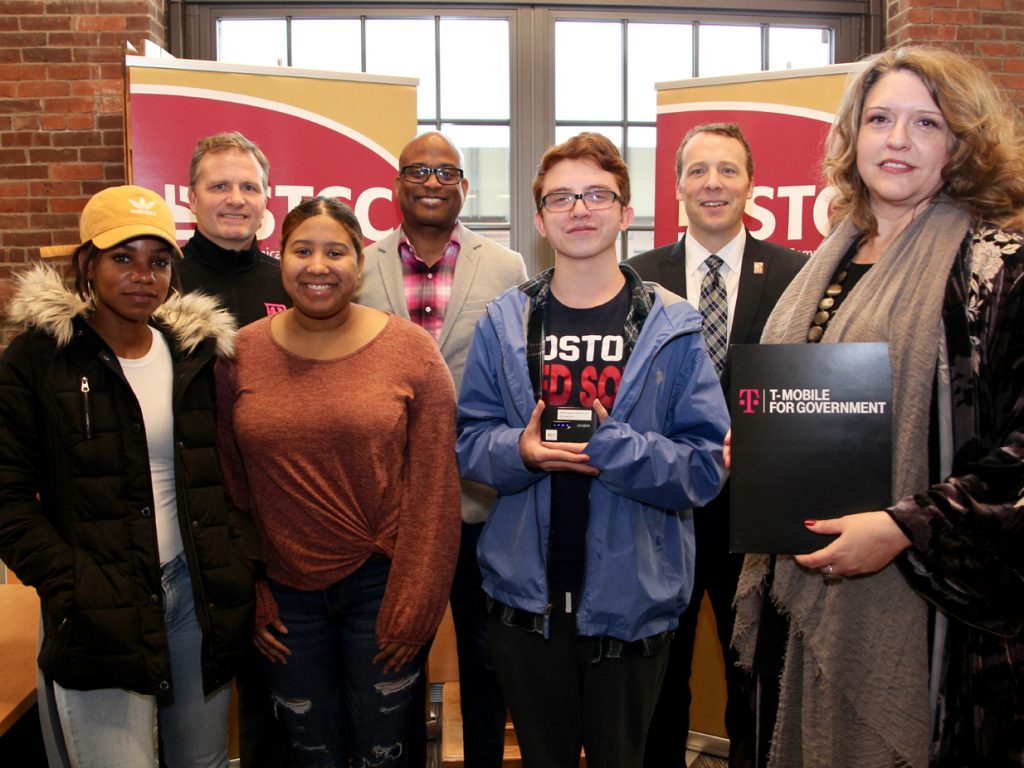By Darren Johnson
Campus News
Only about one third of the 75,000 applicants for the SUNY/CUNY “free tuition” Excelsior Scholarship actually got the money to start this academic year, but the news isn’t as bad as it sounds.
While many community college students learned that they were ineligible over the summer because they didn’t average 30 credits in previous years (how could they have known this would end up being an issue?), others got better news – they didn’t qualify for the Excelsior Scholarship because it’s a “last in” program; the scholarship only activates if the student doesn’t get 100 percent of their tuition covered by other aid.

“Many of our students are eligible to receive full TAP and Pell so they would not be eligible for the Excelsior Scholarship,” said Mike Pede, Financial Aid director at Mohawk Valley Community College in Utica, NY, “but they still can have their tuition and fees paid for through the Pell Grant and TAP Award Programs.”
Campus News called administrators at SUNY and CUNY community colleges and learned that they were cautiously optimistic about the new deal, and feel it has great potential. At the very least, administrators felt that Excelsior created a “buzz” that encouraged students who had been procrastinating to try college again.
“The Excelsior Scholarship is still a work-in-progress from the state’s perspective,” said new SUNY Sullivan president Jay Quaintance during an interview mid-summer. “But we had gotten more applications in the first week by a lot compared to the same time period last year, including 30 applications in the first two days of open enrollment. … All of our numbers are up – applications, acceptances and registrations.”
But other community colleges are unsure if Excelsior actually boosted their enrollments. Most expect to analyze the numbers this month. Enrollments seem to be up, but the past couple of years saw massive dips in new enrollments, so enrollments were expected to be up this year regardless at many institutions; though Quaintance said that SUNY Sullivan actually projected the fall would see declines, unless they changed their marketing, which they did. “While social media is nice, it’s not a recruitment savior; we needed more face-to-face recruitment, such as our attendance at college fairs, and our enrollment is now up both in-county and from the City.”
The president believes that community college downward projections were one of the impetuses for the legislature to approve Gov. Andrew Cuomo’s bold tuition plan – the money was there in the budget, because fewer community college students would need to be funded the old-fashioned way.
“After the semester starts, we will poll students who got the scholarship and ask if it was a deciding factor in their coming here,” Quaintance added. “But perhaps the reason the state approved the Excelsior Scholarship was because their projections with anticipated lower community college enrollments meant the state would pay less in other aid and could better afford this.”
However, many students were disappointed that they did not qualify for the scholarship because the previous year they had failed to take 30 credits. Cynthia Rivera met the income requirements – a family income of less than $100,000 a year (rising to $125,000 in two years) – and applied for the scholarship on day one, but was crushed when she received word she was denied. “They’re advertising this scholarship as something that can help everyone, and yet they’re imposing terms on your past, before the Excelsior scholarship existed,” she said on the Campus News web site. “So, the only people who are truly eligible are people who have never been to school, or who are currently in school and happened to take 30 credits every year. If you don’t fall into those two categories, you’re screwed. What about people who can only go to school part time because they have to work? What about the people who had to drop out of school? What about the people who were taking 12 credits a year (still full time) but didn’t realize they would be screwed over retroactively because they didn’t happen to take 30 credits a year? I don’t know why I had high hopes for something coming from the government. I should have known better.”
Though, for some students, not qualifying for the scholarship may be a blessing in disguise. For students who don’t pass 30 credits a year from here on, or who don’t graduate, or who leave the state upon graduation, the scholarship turns into a garden-variety student loan that must be repaid. Considering the high dropout and low graduation rates at typical community colleges, the Excelsior Scholarship might end up becoming a burden for those students who can’t stay on track. However, the scholarship can also be viewed as a carrot on a stick, with the ultimate promise of increasing on-time graduation rates.
“People who hadn’t thought about college previously are now thinking about it, and that’s a good thing,” added Dr. Nireata Seals, Interim Vice President for Student Affairs and Enrollment Management at LaGuardia Community College in Long Island City, Queens. She said that LaGuardia did see a surge in applications because of Excelsior and that the college has a plan in place to monitor its success, and to counsel students who end up not qualifying. Most students at the two-year college get aid and/or scholarships anyway, she said, and do not need to take out loans. “This will benefit four-year colleges more, especially those with a residential component.”
“We have not seen an increase in applications,” said Donna Rae Sutherland, a spokesperson for Genessee Community College in Batavia, NY. “The availability of the Excelsior application and the overall announcement came a little late in our usual enrollment cycle for this fall. Since community colleges are generally among the most affordable options in higher education, we believe the impact of Excelsior may be most noticeable at the four-year college level.”
“The Excelsior Scholarship did come late, but it created a positive buzz about the college and drove some students who had not thought about college to apply,” Quaintance said. “Most would have gotten pretty close to full aid anyway as far as tuition goes, and we [at SUNY Sullivan] will help students bridge the gap for books, room and board through our Foundation grants. … Hopefully, the scholarship and our Foundation can help take away the pressure for students to take out loans.”





Comments